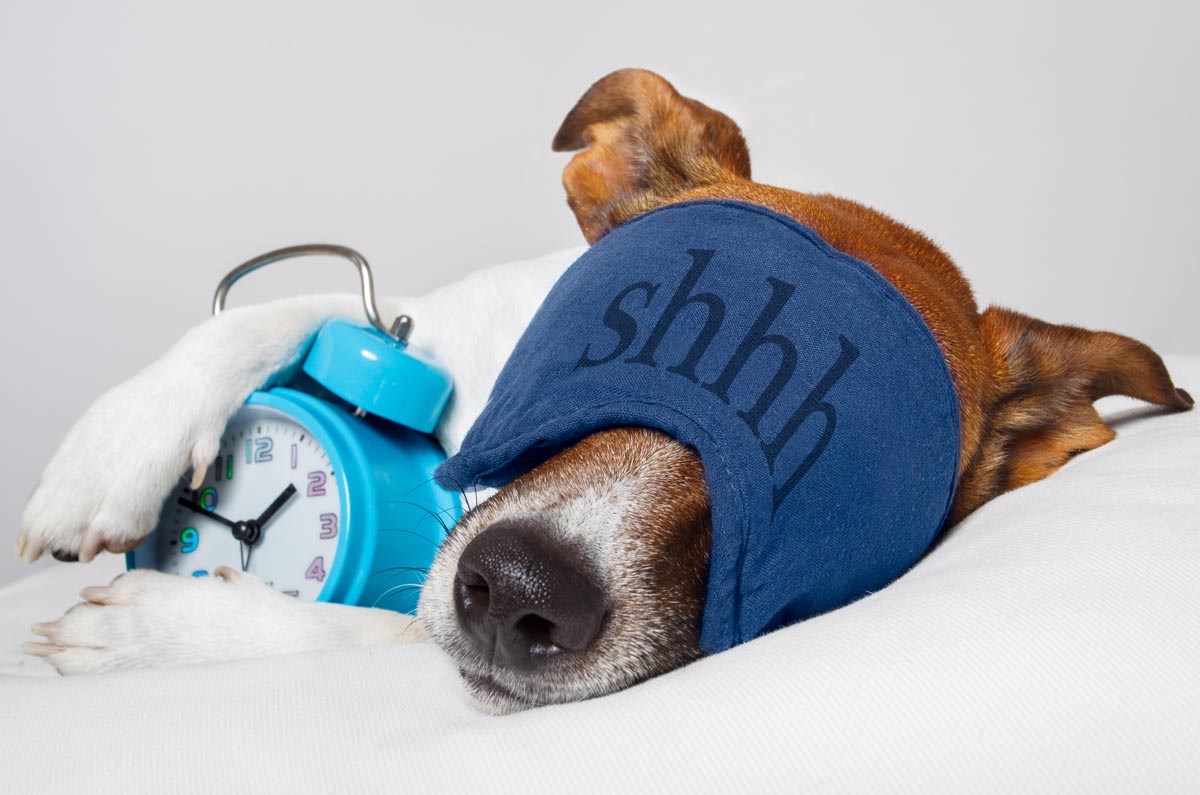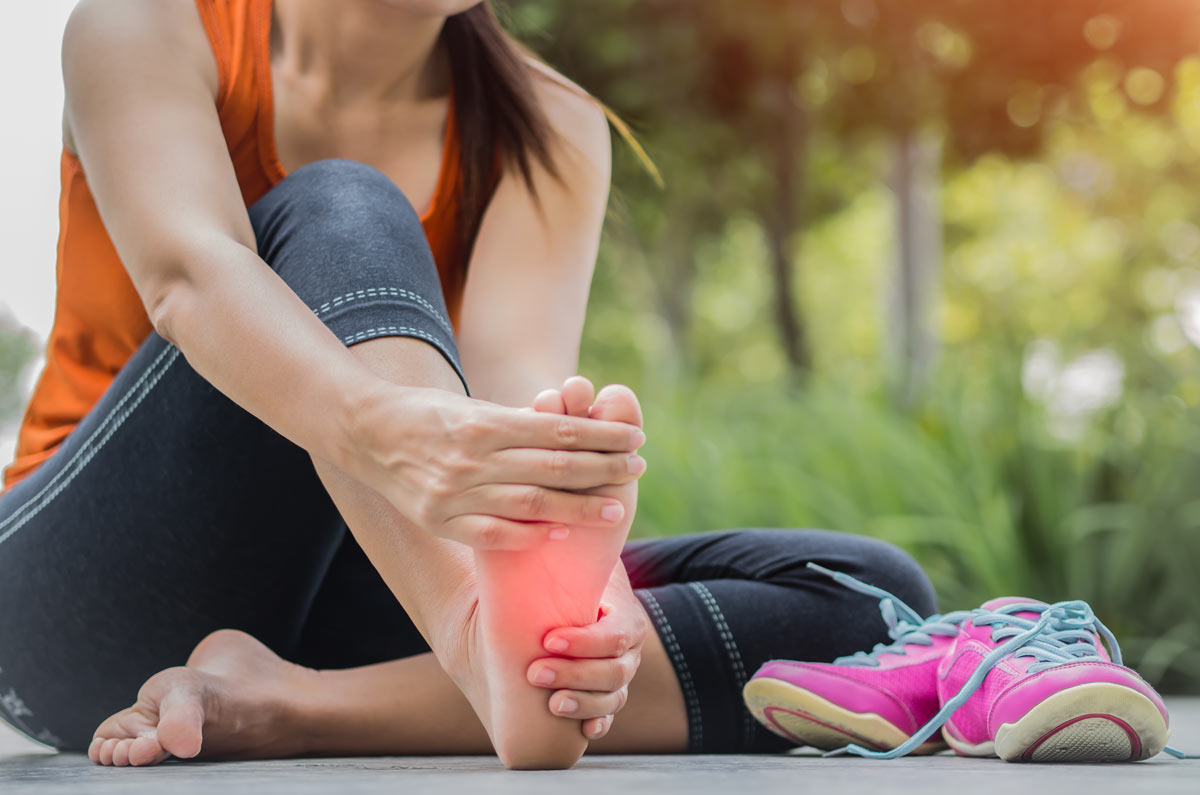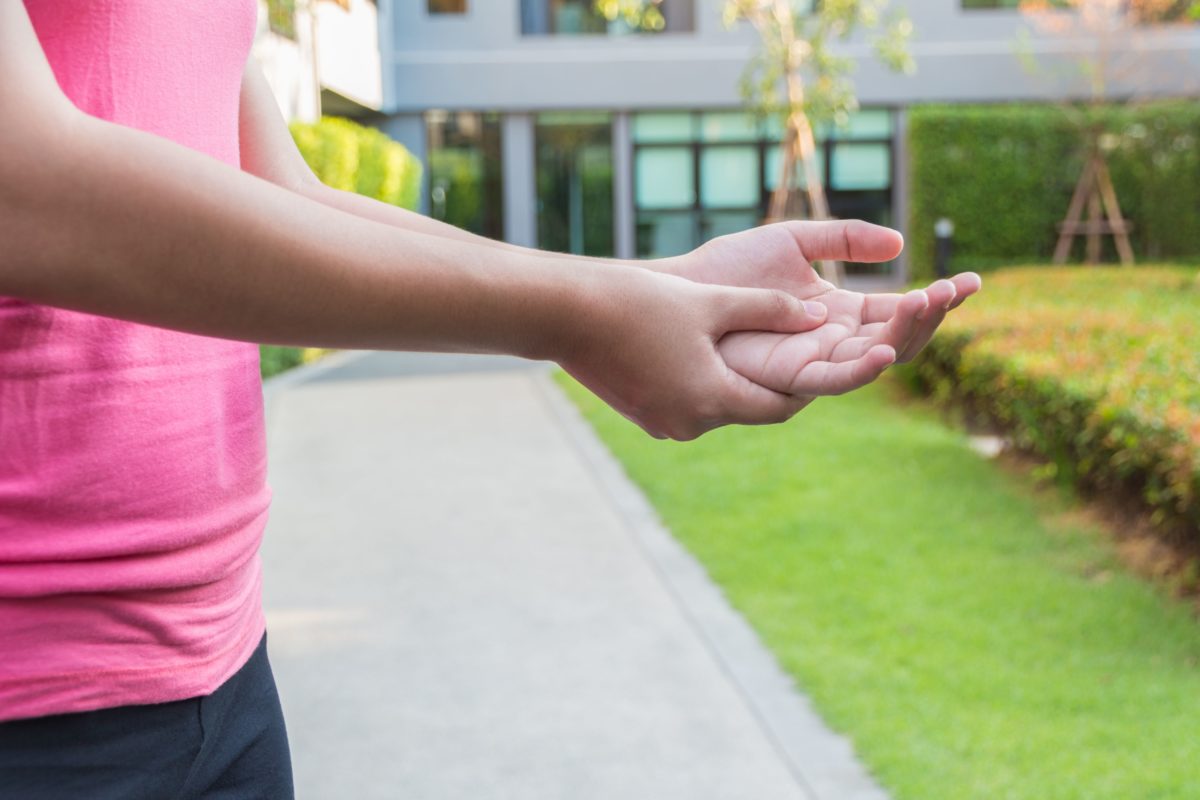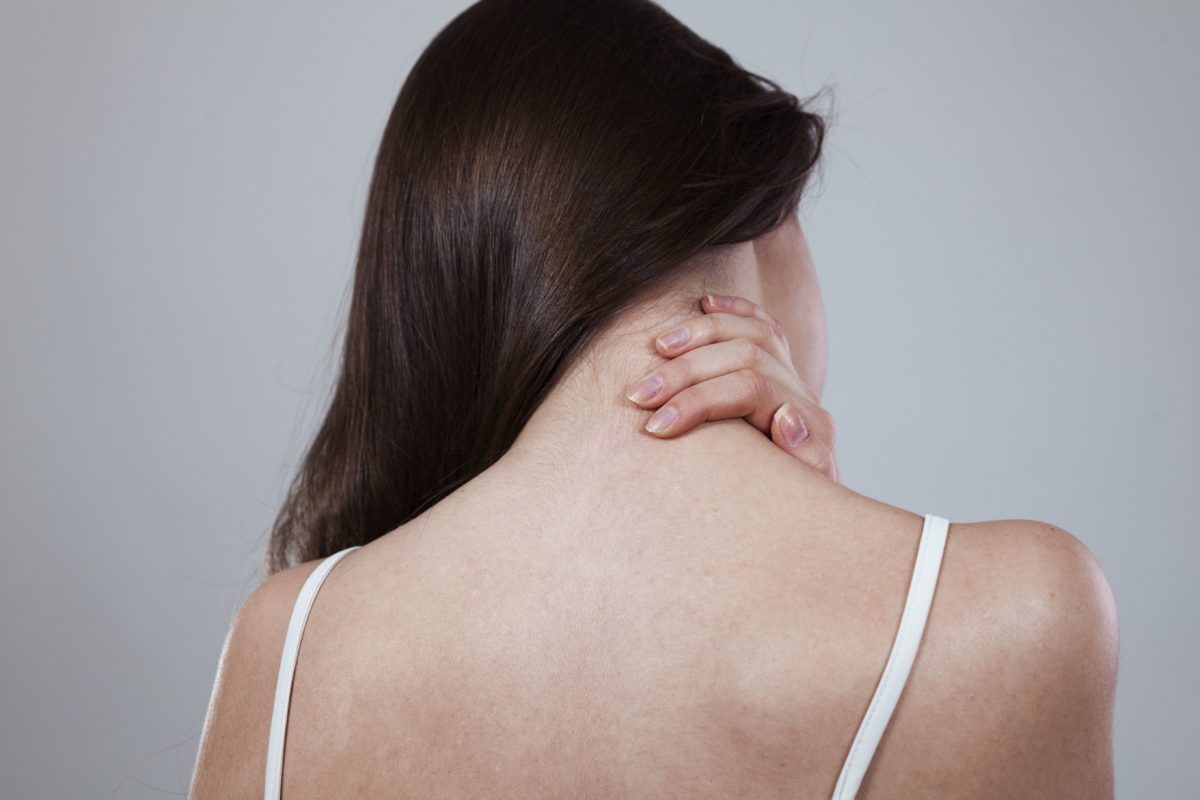If you live with persistent pain, then you’ve probably had many nights when sleep has eluded you. You’ve tossed and turned, gotten up, watched TV, checked your phone, gone back to bed, and then tossed some more.
Pain, muscle tension, anxiety and other factors can interfere with your ability to get to sleep, stay asleep and the quality of your sleep. And sadly, not getting enough good quality sleep can affect your pain levels, your muscle tension and your anxiety levels.
It’s like a colossal feedback loop that’s spiraling out of control and you can’t break free. OK, that was a little dramatic, but I’m also a little tired and cranky 🙁
The good news is there are many things you can do to break this cycle and get back to having a good night’s sleep.
- Try not to put too much pressure on yourself to go to sleep. This leads to anxiety and stress if you don’t fall asleep quickly. Feeling anxious or stressed will affect your ability to sleep. Get out of bed. Don’t lie in bed tossing and turning. Have a warm drink (e.g. milk, no caffeine), do some gentle stretches or breathing exercises and go back to bed when you feel more comfortable.
- Develop a sleep routine. Try to go to bed and get up at the same time each day.
- Try some relaxation techniques. Consider mindfulness, visualisation, deep breathing or a warm bath before bed. These techniques will help you become more relaxed and may help you manage your pain better so that you go to sleep, and sleep well.
- Write it down. Thoughts, worries and anxiety can prevent good sleep. Don’t take them to bed. Write them down and then put them away. You can deal with them tomorrow.
- Be active during the day. As well as the many other benefits of regular exercise, it will help you fall asleep and stay asleep longer.
- Keep a sleep journal. This will help you and your doctor work out what may be causing your sleep problems because it tracks the things that may affect your sleep. Make sure to write down things like the time you went to bed, the time you got up the next morning, how easily (or not) you fell asleep, how many times you woke up and for how long, things that woke you up (full bladder, outside noise, anxiety, pain etc).
- Keep a water bottle by your bedside so that you don’t have to get up if you wake up thirsty in the middle of the night.
- Avoid caffeine and alcohol for several hours before going to bed.
- Don’t look at the clock. Constantly checking the time can make you anxious and anxiety makes it hard to sleep. Try removing your clock from the bedside, or cover it up at night.
- Avoid using technology in bed. The blue light from laptops and tablets suppresses the hormone (melatonin) that makes us sleepy at night, so be sure to stop screen use at least one hour before bed.
- Light. Is your room dark enough to allow you to sleep well? If not, look at solutions such as window coverings or a dim switch on your alarm clock. You might also try using an eye mask.
- Noise. If you have no control over the noise in your environment (e.g. a barking dog, loud party, your partner’s snoring), ear plugs may be an option. Or playing soothing, gentle music softly in the background can also be helpful at cancelling out other noises.
- Clear your bedroom of clutter. Researchers have found a link between being surrounded by lots of “stuff” and your ability to fall asleep quickly and easily.
- Seek help. If pain is constantly keeping you awake at night, discuss it with your doctor for information and advice.
More to explore
- Read our more detailed page on sleep.















